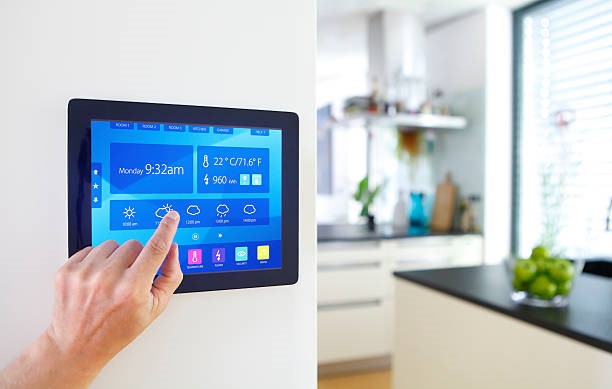In the space of home appliances, smart home devices and home automation technologies are clearly the most talked about subjects. You will often see discussions about these devices on top of any technology related website and these devices are also often the showstoppers at the annual Consumer Electronics Show (CES) in Las Vegas. Several newer homes are being outfitted with smart home devices, and many people are even retrofitting their older homes with smart home devices. So let us conduct a comparative analysis of some of the advantages and disadvantages of smart home automation systems.
 Advantages
Advantages
Convenience: This is the most important advantage for many people who purchase smart home devices. The key reason for added convenience is that many of these devices have the ability to be controlled remotely, without physically accessing the device. For example, many of these devices connect to the home WiFi network, allowing them to be controlled via a smartphone.
Saving energy costs: Many of the home automation devices have built-in features to turn the device on and off based on timers, sensors or based on communication with other devices. This ensures that devices which are currently not in use are turned off. The sensor-based operation also has several functions, such as setting the optimal temperature in order to minimise heat loss and heating bills.
Disadvantages
Cost: This one is quite obvious, smart home devices almost always cost more than their traditional counterparts. This is due to the added complexity of these devices. This cost difference is less of an issue if you are outfitting a new home. However, if you are retrofitting existing home, then replacing existing devices can be expensive. Hence, if your main reason for purchase is saving bills, then you must compare that against the cost of purchasing new devices.
Additional points of failure: This is not unique to smart home devices, but all advanced versions of any kind of device which has more functions and features compared to its predecessors. The added complexity means that there are more things that can fail. Some devices, in particular, are quite dependent on being connected to the home network. Hence, any disturbance in connectivity may affect the base functionality as well.

